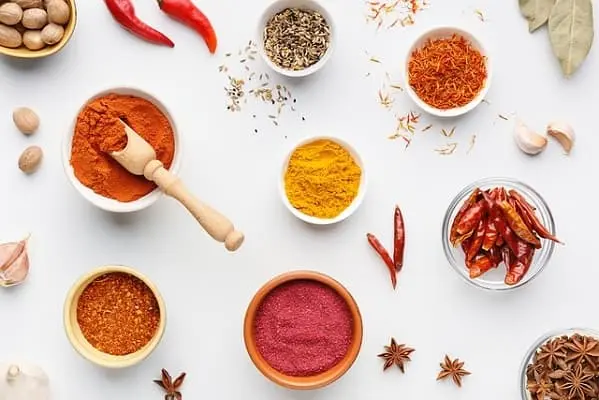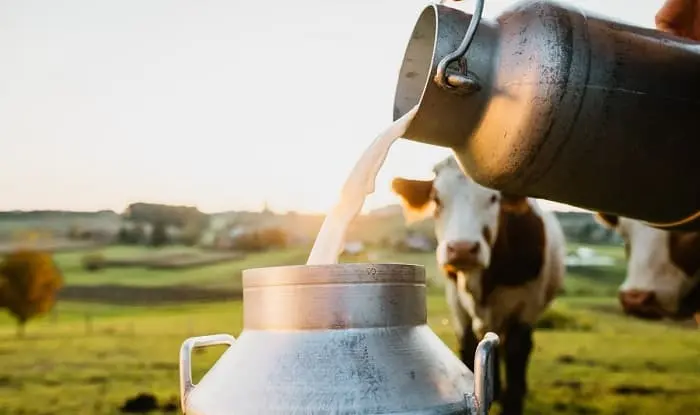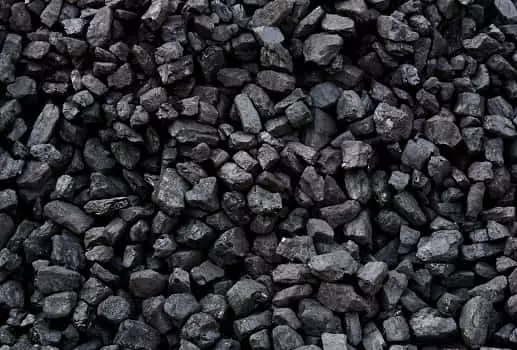It is an interesting fact that rice crops are cultivated on all the continents around the globe, except Antarctica. Rice is one of those crops that humans domesticated in the early ages of civilization. And the history of rice cultivation dates back thousands of years. Now, rice is being used as a staple food and an inseparable part of traditional cuisines in many countries. The most common species of rice is Oryza sativa aka Asian Rice. Rice cultivation is for sure one of the best ways to earn income for many farmers all around the world. Thus, you see rice being cultivated in almost all countries.
Depending upon the region of the world, there are many varieties of rice being produced, the most popular ones are Long grain, Basmati, Wild, and Jasmine. In just recent years, worldwide rice production has surpassed the 500 million tonnes mark, which is an insanely huge number. You may already know that countries like China, India, and Indonesia contribute a huge proportion of this total worldwide production. But did you know there are some other smaller countries that have a significant role in fulfilling the incredibly high global demand for rice? And today’s post is going to be all about that. We will be taking a look at the top 10 largest producers of rice in the world.
Top Countries with Highest Rice Production in World
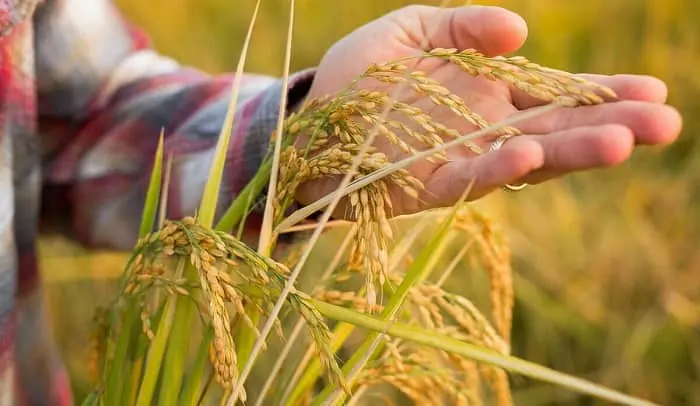
So let’s get started with that.
1. China (Mainland)
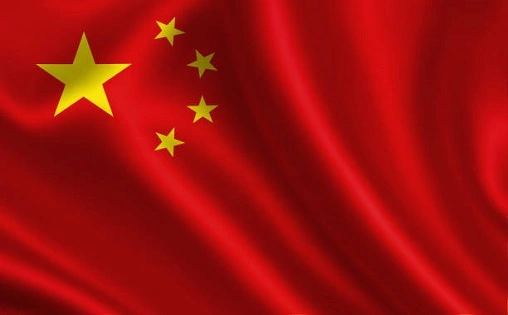
It shouldn’t be a surprise that along with being the largest producer of rice, China is also the biggest consumer of rice in the world. The major provinces that take part in rice cultivation are Jiangsu, Sichuan, Anhui, and Hubei. Despite having all the advanced resources, the local farmers prefer to cultivate rice in the traditional way. Quality-wise, China’s rice is somewhat decent, and it has higher demand in the local markets among the general population. And to fulfill such high demand, China has been quite consistent in producing over 140 million tonnes of rice per year in the last decade or so. In the year 2022, China produced well over 148 million tonnes of rice and it is about to surpass the 150 million tonnes mark within a few years.
2. India

India has increased rice production significantly, and as a result, more than 25 million tonnes have been added to the total production of the nation in the last decade or so. Where the total production of rice was around 105 million tonnes has now increased to over 130 million tonnes in 2022. The prime reason behind that is the local farmers who have been bumping up the production rate to meet the nationwide and worldwide demand. West Bengal, Punjab, and Uttar Pradesh are the most rice-producing states in India that contribute a significant proportion to the total rice production of the country. It seems like India can surpass China in terms of rice production in the next decade or so because the production rate is increasing steadily year by year.
3. Bangladesh
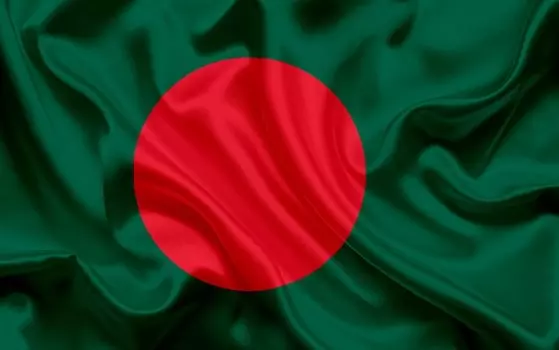
Rice is a staple food and holds a special place in Bangladeshi cuisine, therefore over 130 million people consume rice in Bangladesh every year. Thus, to keep up with such high demand without relying on other nations, Bangladesh has an in-house production industry of rice where hundreds and thousands of farmers cultivate rice every year. And that is why Bangladesh is known as the third-largest rice producer in the world. Just this year, Bangladesh has produced a whopping 35.85 million tonnes of rice. However, this third place fluctuates a lot because Indonesia produces approximately the same amount every year as well.
4. Indonesia
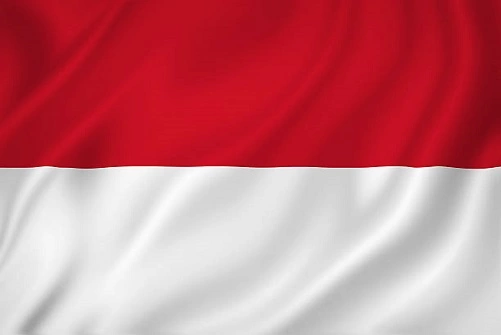
Indonesia has been quite consistent in terms of rice production in the last decade. Indonesia produced well over 34 million metric tonnes of rice every year, and even higher than that. And most of the rice produced in Indonesia is consumed by the general population, and some amount is exported to other nations. Talking specifically about this year, Indonesia has produced around 34.4 million tonnes of rice. The estimated production amount is pretty much the same for next year. However, in the coming 5 years, chances are Indonesia will become the third largest rice producer in the world by pushing back Bangladesh to fourth rank.
5. Vietnam
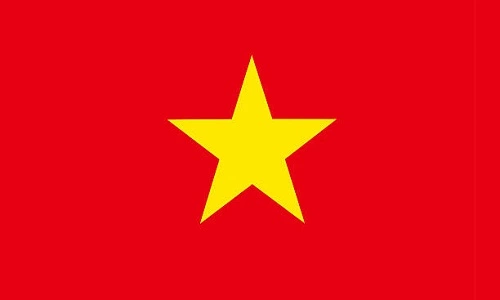
The Mekong Delta region in Vietnam is mostly responsible for rice cultivation. And more than 80% of the population of the Mekong Delta region is involved in rice cultivation and it is a primary source of income for many farmers and families. Rice is consumed in large quantities in Vietnam every year, thus there’s constant high demand for rice in the local markets. Therefore, Vietnam produces just over 27 to 28 million tonnes of rice every year. Just this year, Vietnam produced 27.06 million tonnes of rice. And a huge portion of that, around 6 million tonnes was exported to other nations like the Philippines, African countries, and China as well.
6. Thailand
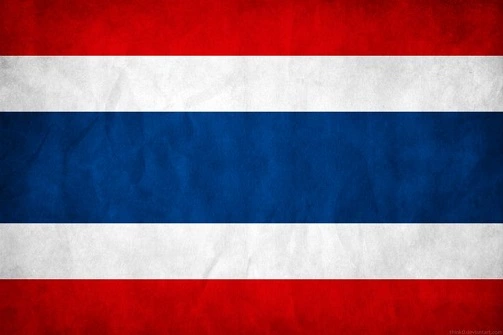
The northwestern provinces of Thailand produce the most amount of rice, but overall every province is involved in rice production. The jasmine rice cultivated in Thailand has a huge demand in the international market, thus around 100 thousand tonnes of jasmine rice is exported to other nations every year. Talking about in-house production, Thailand has produced nearly 20 million tonnes of rice every year since the last decade. In 2022, 19.87 million tonnes of rice were produced in Thailand.
7. Philippines
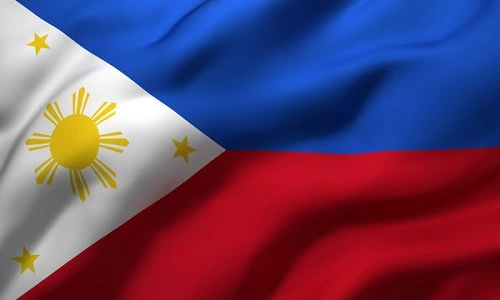
Two nations, Burma and the Philippines, interchange the seventh rank on this list every year since the rice production amount of both countries is pretty much the same. In 2021-22, the Philippines produced well over 12 million tonnes, or 12.54 million tonnes to be precise. If you look at the statistical report of the Philippines for a decade, then you would notice that it just surpassed the 10 million tonnes mark just this decade. And since then, the local farmers are putting their efforts to keep rice production steady.
8. Myanmar (Burma)
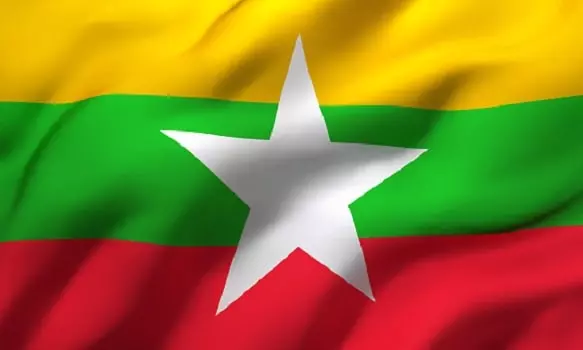
It was just a decade ago when Myanmar aka Burma surpassed the 10 million tonnes of rice production mark. And ever since, it has been producing rice consistently for years while increasing the production rate slowly but steadily. In 2021-22, Myanmar produced well over 12.3 million tonnes of rice. And the Bogo division is responsible for the most amount of contribution to the total rice production of the nation. For most people living in Bogo, Myanmar, rice cultivation is a major source of income.
9. Pakistan

The rice production in Pakistan fluctuates from an additional 1 to 1.5 million every year. For example, last year in 2020-21, rice production was just 8.4 million tonnes, which increased to 9.1 million this year. The reason for that is pretty simple: more land was utilized to cultivate rice this year which resulted in a production bump this year. However, it is estimated that rice production may decrease significantly next year, and this estimated amount is around 7.1 to 7.4 million tonnes.
10. Brazil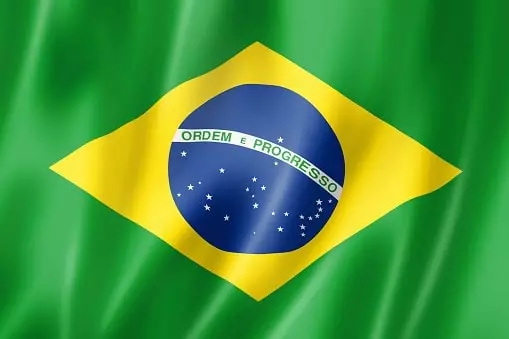
Usually, there is not much difference in the total rice production of Brazil and Pakistan, but since Pakistan produced more rice this year, it secured 9th rank on this list. Compared to other nations, Brazil has been quite consistent in producing a certain amount of rice every year. For example, in the last five years or so, Brazil has been producing well over 7 million tonnes of rice. This year, Brazil has produced around 7.33 million tonnes of rice, which is an incredible amount because the land available for the cultivation of rice is half of what Pakistan utilizes.
Final Thoughts
Alright, this interesting post about the top 10 largest producers of rice in the world ends here. Now you know which are the countries responsible for keeping up with the constantly rising demand for rice in the global market.
Rice Production FAQs
Q. What are the different types of rice varieties?
Ans: There are many varieties of rice, but they can be broadly categorized into three main types: long-grain, medium-grain, and short-grain. Varieties like Basmati and Jasmine are popular long-grain types, while Arborio and sushi rice are examples of medium- and short-grain varieties, respectively.
Q. How is rice grown?
Ans: Rice is typically grown in flooded fields, known as paddies or rice paddocks. The process involves preparing the land, transplanting seedlings or direct seeding, and then flooding the fields to control weeds. The flooded conditions also help prevent the growth of pests.
Q. What are the major challenges in rice cultivation?
Ans: Challenges include water management, pest control, disease prevention, and the impact of climate change. Additionally, issues such as soil fertility, resource management, and the need for sustainable farming practices are crucial considerations.
Q. How is rice harvested?
Ans: Rice is typically harvested when the grains have matured and turned golden. The traditional method involves cutting the plants manually, bundling them together, and allowing them to dry before threshing to separate the grains from the straw.
Q. What is the role of technology in modern rice farming?
Ans: Modern rice farming employs various technologies, including hybrid and genetically modified (GM) seeds, precision farming techniques, and machinery for planting and harvesting. Drones and satellite imagery are also used for monitoring and managing crops.
Q. How is rice processed after harvesting?
Ans: After harvesting, rice undergoes milling to remove the husk, bran, and germ layers. The resulting white rice is then polished for a more refined appearance. Brown rice retains the bran layer, providing additional nutritional value.
Q. What are the environmental impacts of rice cultivation?
Ans: Rice cultivation, especially in flooded paddies, can contribute to methane emissions, a potent greenhouse gas. Efforts are being made to develop more sustainable rice cultivation practices to minimize environmental impact.
Q. How can farmers increase rice yield?
Ans: Farmers can adopt improved cultivation techniques, use high-yielding varieties, optimize water management, employ pest and disease control measures, and incorporate modern technologies to enhance rice yield.

